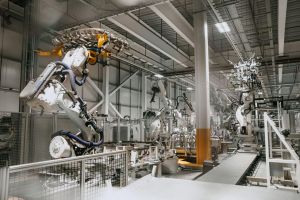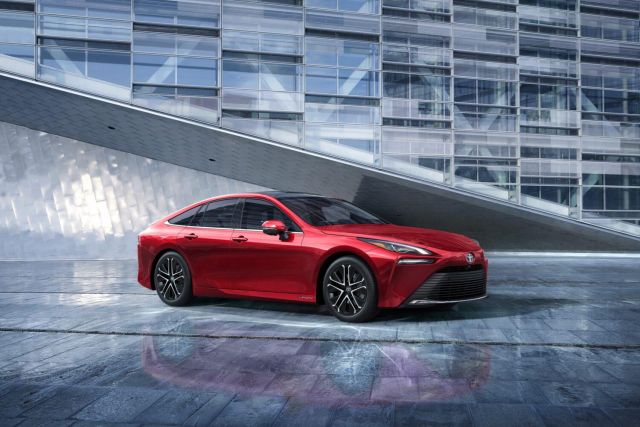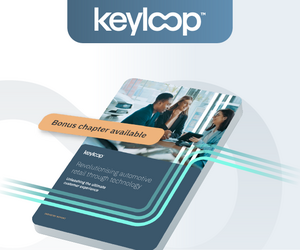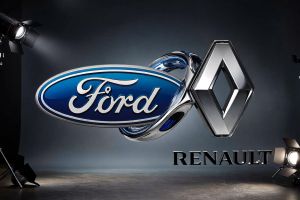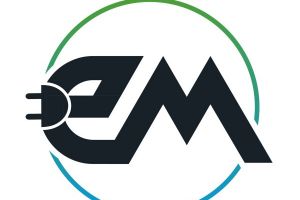
With the Mirai (the second generation just launched in America), the Japanese giant seems to be betting on hydrogen power for passenger cars in the NEV segment, but what exactly is the Mirai all about and how does hydrogen power work?
The Mirai, which boasts a range of about 646 km, is in essence a “plug-less” electric vehicle. Instead of having to charge a battery in a BEV, which can take several hours, the Fuel Cell Electric Vehicle (FCEV) driver simply fills the tank with hydrogen, just as millions of drivers do every day with petrol or diesel vehicles. With an FCEV, the fuel is non-toxic, compressed hydrogen gas rather than liquid gasoline.
An FCEV generates its own electricity on-board from hydrogen, with water as the only emission. A fuel-cell system combines stored hydrogen with oxygen from the air, and a chemical reaction that produces electric current, and water, which drops out of a hidden vent pipe beneath the car.
Electricity generated by the Mirai’s fuel cell and the regenerative braking system is stored in a lithium-ion battery. Pressing the accelerator pedal yields immediate flow of electric power from the fuel cell and/or battery to the rear-mounted AC synchronous electric motor, which drives the rear wheels.
An electric air compressor pressurises the intake air, and a water-cooled intercooler reduces the temperature of the compressed air before it enters the fuel-cell stack. A water-cooled oil cooler integrated with the air compressor helps maximise efficiency.
The intake system is designed to mitigate noise, which is virtually unnoticeable to occupants. Of necessity, the intake air for the fuel cell must be purified. And so, an electrostatic air cleaner element captures ultra-fine particles (Particulate Matter 2.5), and a charcoal filter removes chemical substances.
The 2024 Toyota Mirai will include up to $15 000 (R28 000) of complimentary hydrogen with a purchase or lease.
But fuel-cell technology is not as novel as you might think. Fuel-cell technology pre-dates the automobile by half a century. In 1838, a Welsh physicist combined hydrogen and oxygen in the presence of an electrolyte and produced an electric current, though not enough to be useful.
By the 1960s, the technology was being used in America’s Gemini and Apollo spacecraft, where it provided crews with both electricity and water from stored hydrogen and oxygen.
Fuel cells have previously been studied for the automotive sector, but the technology only recently became practical and cost-effective. Toyota began its fuel-cell development around the same time as the original Prius, and the Mirai shares technology from the company’s hybrid programme.
Toyota developed the solid-polymer electrolyte fuel cells used in the first- and second-generation Mirai models. To help foster FCEV proliferation, the company has released over 5 000 of its patents, royalty-free.
It is a scalable technology that can be made small enough to power a phone or large enough to power a building, or anything in between. For example, Toyota installed fuel-cell powertrains in a fleet of class-8 semi-trucks that are rated for a maximum 36-tonne load. These big rigs have been used to move freight in and around the Ports of Los Angeles and Long Beach, California.
Hydrogen can be produced from a variety of domestic resources. The goal of the Hydrogen Council, for which Toyota is a founding member, is to use decarbonised hydrogen for transport such as that produced from bio-resources or renewable electricity via electrolysis.
